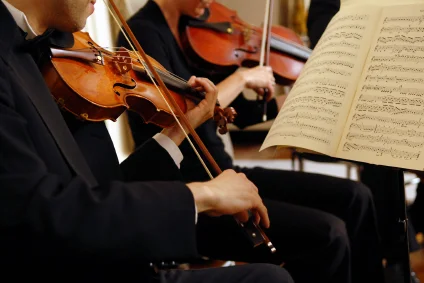Tuning and Toning
Leadership is a performing art!
That performance improves as leaders practice tuning and toning.In an article for Leader To Leader(Number 55 Winter 2010), Kevin Asbjörnson and Michael Brenner view leadership through the musical lens.
“Tuning the voice of an acoustic grand piano is the process of ensuring that the pitch of each key on the keyboard creates the intended note, such as A, B flat, or C sharp. Toning the voice of an acoustic grand piano is the process of adjusting, through softening or hardening, the striking action of the hammers against the strings in order to fully utilize the dynamic range of the entire keyboard. As a pianist, I know that if either the turning or toning of my piano is off, the results are a best lackluster and at worst unpleasing. This obviously imparis my ability to connect with and engage my audience. ”
Leading well requires tuning and toning. Leaders "tune" their messages as they work to communicate clearly. As a leader I must make sure I communicate what I mean to communicate. The authors note that leaders must also "tone" their leadership styles. Toning involves employing the appropriate emotional "color" for the situation or challenge at hand. Leadership must be soft sometimes, harder at others. Here a few examples:
- Tuning: Work to avoid ambiguity in emails. Keep them short, clear, and focused.
- Tuning: Make sure verbal and non-verbal cues are in-sync. If you are "listening" while scrolling through your BlackBerry, chances are the non-verbal tune is out of sync.
- Tone: Are you going to strike a note of praise for one's job performance? Make sure it resonates loud and clear as praise.
- Tone: Are you going to offer constructive criticism? Make sure it comes across as constructive and not as if you are unloading your frustration.
Leadership is a performing art. Practicing our tuning and toning will go a long way to improving the performance.

